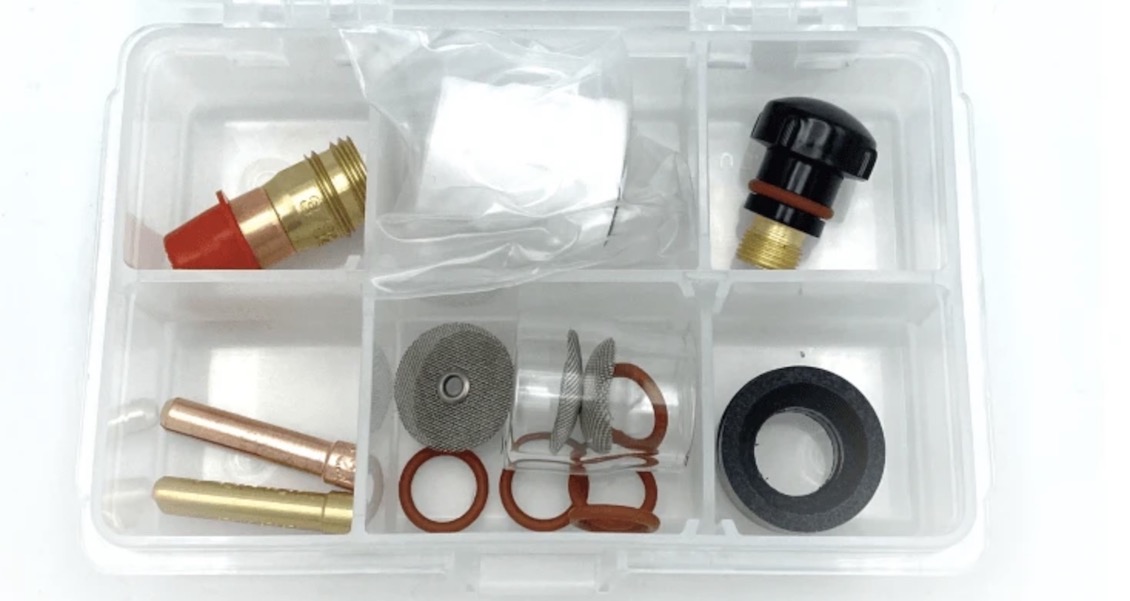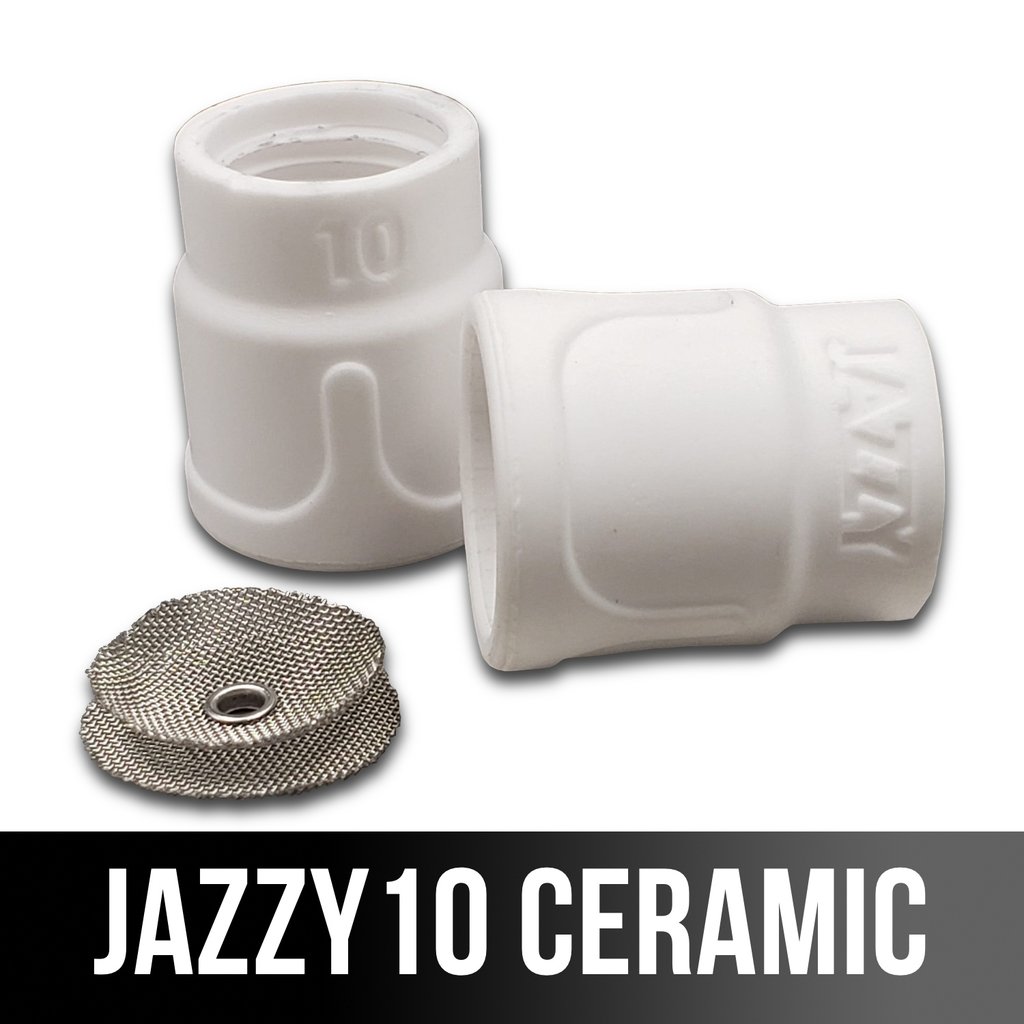Heat Input TIG welding
- HOME
- TIG WELDING
- Heat Input
What is the biggest factor in controlling heat input on a TIG weld?
Is it amperage? Or are there other things that make just as much or more difference?
And why be concerned about heat input anyway? I mean as long as you get the required penetration, what is the problem?
Comparing Heat Input with Different travel speeds and amperage settings
Heat input calculation is mainly based on voltage, amperage, and travel speed:
The basic formula looks something like this.
[(Volts x Amp x 60)/(Travel speed IPM x 1,000)]
When you start plugging numbers into the formula you see really quickly that travel speed has more effect on heat input that either voltage or amperage.
For a given amperage, the slower the travel speed, the more heat input.
And the faster the travel speed, the lower the heat input ...for a given amperage.
But you can also have more heat input with less amperage if travel speed is excessively slow.
What happens if your heat input is too high?
Too much heat input can affect the mechanical properties of the steel.
Properties like strength, ductility, resistance to cracking from fatigue …and more can be negatively affected.
I have personally conducted failure analysis testing where a socket type weld failed the fatigue tests due to excessive heat input. ( due to grain growth)
What happens if your heat input is too low?
On some steels too low a heat input can result in a hard brittle zone from an excessively fast cooling rate.
Good news though….mild steels like A36 are not affected much at all by heat input.
But heat input is still something to control if for not other reason than to avoid distortion.
In the example in the video above, 1010 carbon steel is the material type which is very similar to A36 steel.
A fast travel speed of around 12 inches per minute was used in combination with a higher than normal amperage and the result was a weld with fairly low heat input.
Heat input for welding aluminum
Aluminum typically requires more amperage than steels.
The reason is the thermal conductivity of aluminum causes heat to dissipate from the weld area rapidly.
A carbon steel lap joint on 1/4" thick metal might require only 150 amps while the same thickness aluminum joint might require will over 200 amps.
But what happens with heat input is too high on aluminum?
The heat affected zone (HAZ) on aluminum is typically weakened.
Any strengthening heat treatment is annealed to an extent depending on how much heat input is used to weld an aluminum joint.
This is why procedures and codes often limit the preheat on aluminum to around 150-200F.















